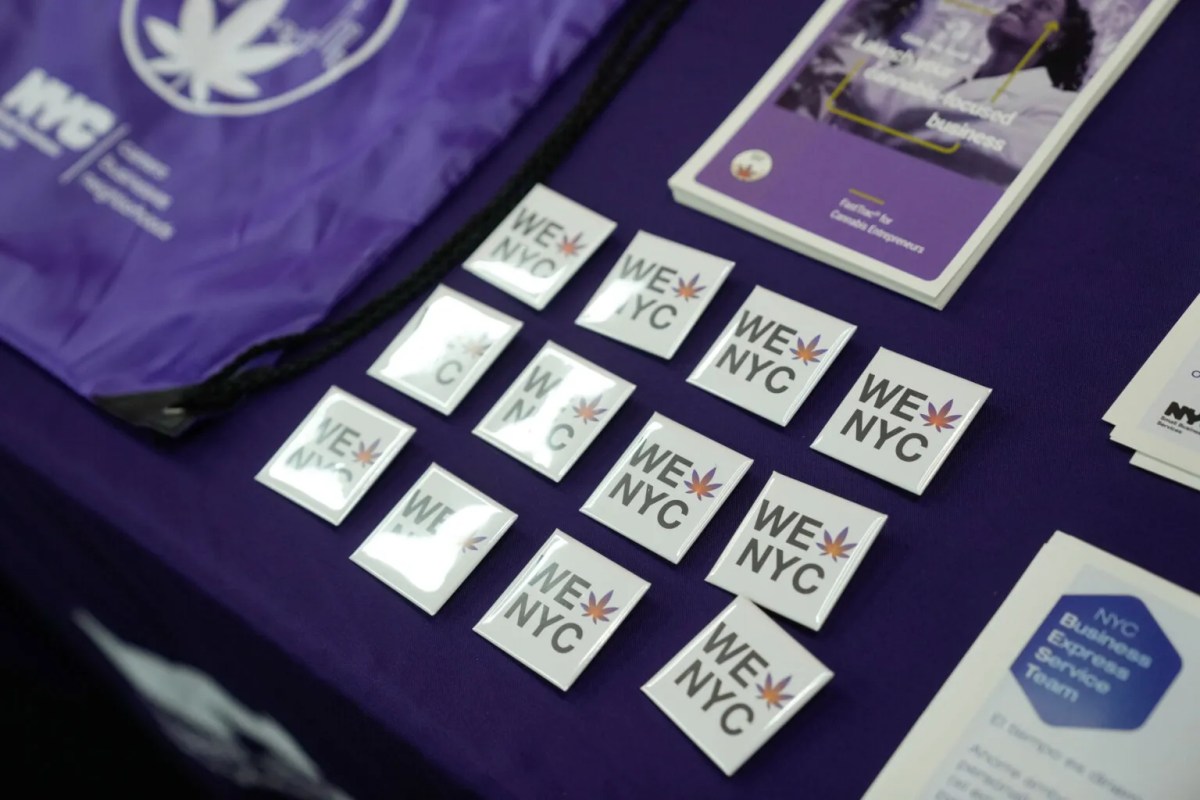Have a question about a curious piece in the Brooklyn Museum? There’s an app for that.
Over the past year, the institution has been quietly testing out an app that connects visitors with a team of art historians, researchers and educators that can answer their inquiries about the museum.
The free ASK Brooklyn Museum app launched on iOS and became available on Android this month. The innovative technology is unique to the museum, said Shelley Bernstein, the vice director of digital engagement and technology at the museum, and was implemented to help visitors better engage with and make connections between the works in the 560,000-square-foot museum.
Through the app, which only works in the museum, visitors can ask questions and share photos of objects on display in real time. On average, a member of the six-person Audience Engagement Team responds within 45 seconds. The exchange is as anonymous as the user wants it to be.

“People like the anonymity of it,” Bernstein said. “They don’t feel like they’re asking a stupid question.”
Visitors can ask questions about any piece in the museum, but the most common are about “The Dinner Party,” a permanent installation by Judy Chicago.
The team members specialize in a certain area of the museum, such as Egyptian art, and refer to an internal wiki that features a profile of each piece in the museum, including information gathered from past exchanges on the app, as well as Brooklyn Museum publications, other museum websites and artist statements when answering guests’ questions. Despite their resources, they have been stumped a few times so far.
“We found that people really appreciated when we were honest, we tell them we don’t have an immediate answer,” said Megan Mastrobattista, a member of the Audience Engagement Team. “We offer to take their email and reach out to our curatorial staff to get back to them.”
Ironically, the key is keeping people engaged with the art and not their screen, and the app alerts you when you have a response so you can keep browsing while you wait.
“We don’t want people getting sucked into their phones,” said Audience Engagement Team member Andrew Hawkes. “They’re looking more closely at the art, they’re noticing things, they’re thinking more critically about the work and learning more. That’s a really great feeling.”
Since its launch, there have been about 4,000 conversations through the app. The museum is using data pulled from those exchanges to improve collection installations and exhibition design. It expects about 1% of visitors overall to use the app.
“There’s lots of information in the building,” Bernstein said. “Some want this experience, some want a guided experience. It fits within that framework.”
For others, another app on their phone might do the trick, too.
“Someone who wants to use Google will use Google,” said Sara Devine, manager of audience engagement and interpretive materials at the Brooklyn Museum. “Our focus is about engagement and close looking. It’s a difference experience.”

















